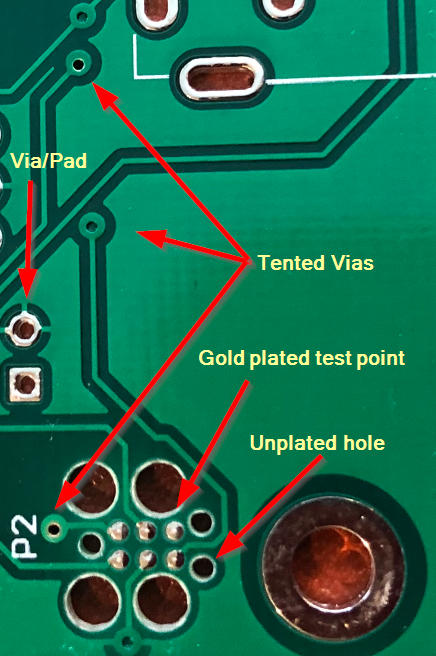Yes, it's a choice in most PCB design software.
It might be a default choice or it might be a deliberate choice, you'd have to ask the designer.
Sometimes vias double as test points (in which case they are specified without solder mask), but at first glance, I don't see evidence of that in the sample. The board appears to be Organic Solderability Preservative (OSP) finish, which would not be great for test points. ORP is used in high volume consumer electronics because it's cheap (no gold).
Here is a PCB with ENIG (electroless gold over nickel barrier) finish that has both kinds of vias/pads. As you can see, the tenting is not always perfect sometimes it pulls away around the edges of the holes.



